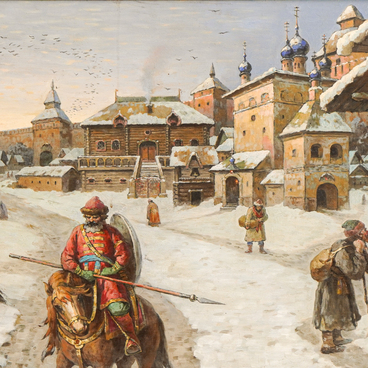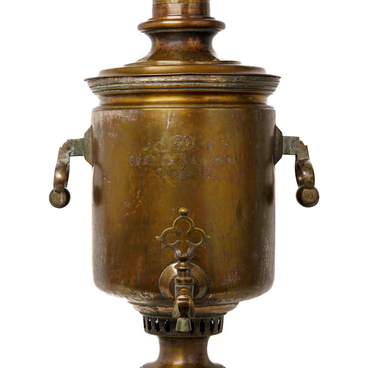The antique floor clock is one of the hallmarks of the Kolomna Museum of Local History.
The first floor clocks appeared in the mid-17th century. It was then that the Dutch mechanic Christiaan Huygens developed and produced a detailed description of the pendulum clock mechanism. At that time, clocks powered by weights were widespread. The new invention was more reliable compared to them. Each swing of the pendulum, used as the operating mechanism, was about a second long. But for a pendulum to move at a required speed, it had to have certain geometric parameters. So, it was the length of the pendulum that determined the elongated shape of the clock.
The first pendulum floor clocks lacked accuracy, they lost time every day and required regular adjustments, but they also timed noticeably better than previous inventions. Later on, the floor clock became known as the “regulator” or main floor clock, to which all the other clocks in the house were set.
Floor clocks became the centerpiece of drawing rooms and parlors at a time when the latter was the place where visitors and guests were received. One of the factors behind the popularity of the floor clock was a psychological one. Before the first mechanical musical instruments were invented, a large house was a rather quiet place, stirred only by small talk and the chatter of servants. The steady ticking of the floor clock provided a soothing background to a calm and orderly lifestyle. It is not surprising, therefore, that wealthy people began to fill their homes with floor clocks. Today it can be regarded as a cute oddity, but one that is quite understandable from the perspective of the time, when oppressive silence in the home was the norm of life.
The increasing demand for floor clocks contributed to the growing sophistication of the mechanism and the design of the clock case. Floor clocks gradually became real works of art of high artistic and collector values. Floor clocks became particularly popular in England, and it was English craftsmen who excelled in the art of clock-making.
The first floor clocks appeared in the mid-17th century. It was then that the Dutch mechanic Christiaan Huygens developed and produced a detailed description of the pendulum clock mechanism. At that time, clocks powered by weights were widespread. The new invention was more reliable compared to them. Each swing of the pendulum, used as the operating mechanism, was about a second long. But for a pendulum to move at a required speed, it had to have certain geometric parameters. So, it was the length of the pendulum that determined the elongated shape of the clock.
The first pendulum floor clocks lacked accuracy, they lost time every day and required regular adjustments, but they also timed noticeably better than previous inventions. Later on, the floor clock became known as the “regulator” or main floor clock, to which all the other clocks in the house were set.
Floor clocks became the centerpiece of drawing rooms and parlors at a time when the latter was the place where visitors and guests were received. One of the factors behind the popularity of the floor clock was a psychological one. Before the first mechanical musical instruments were invented, a large house was a rather quiet place, stirred only by small talk and the chatter of servants. The steady ticking of the floor clock provided a soothing background to a calm and orderly lifestyle. It is not surprising, therefore, that wealthy people began to fill their homes with floor clocks. Today it can be regarded as a cute oddity, but one that is quite understandable from the perspective of the time, when oppressive silence in the home was the norm of life.
The increasing demand for floor clocks contributed to the growing sophistication of the mechanism and the design of the clock case. Floor clocks gradually became real works of art of high artistic and collector values. Floor clocks became particularly popular in England, and it was English craftsmen who excelled in the art of clock-making.





